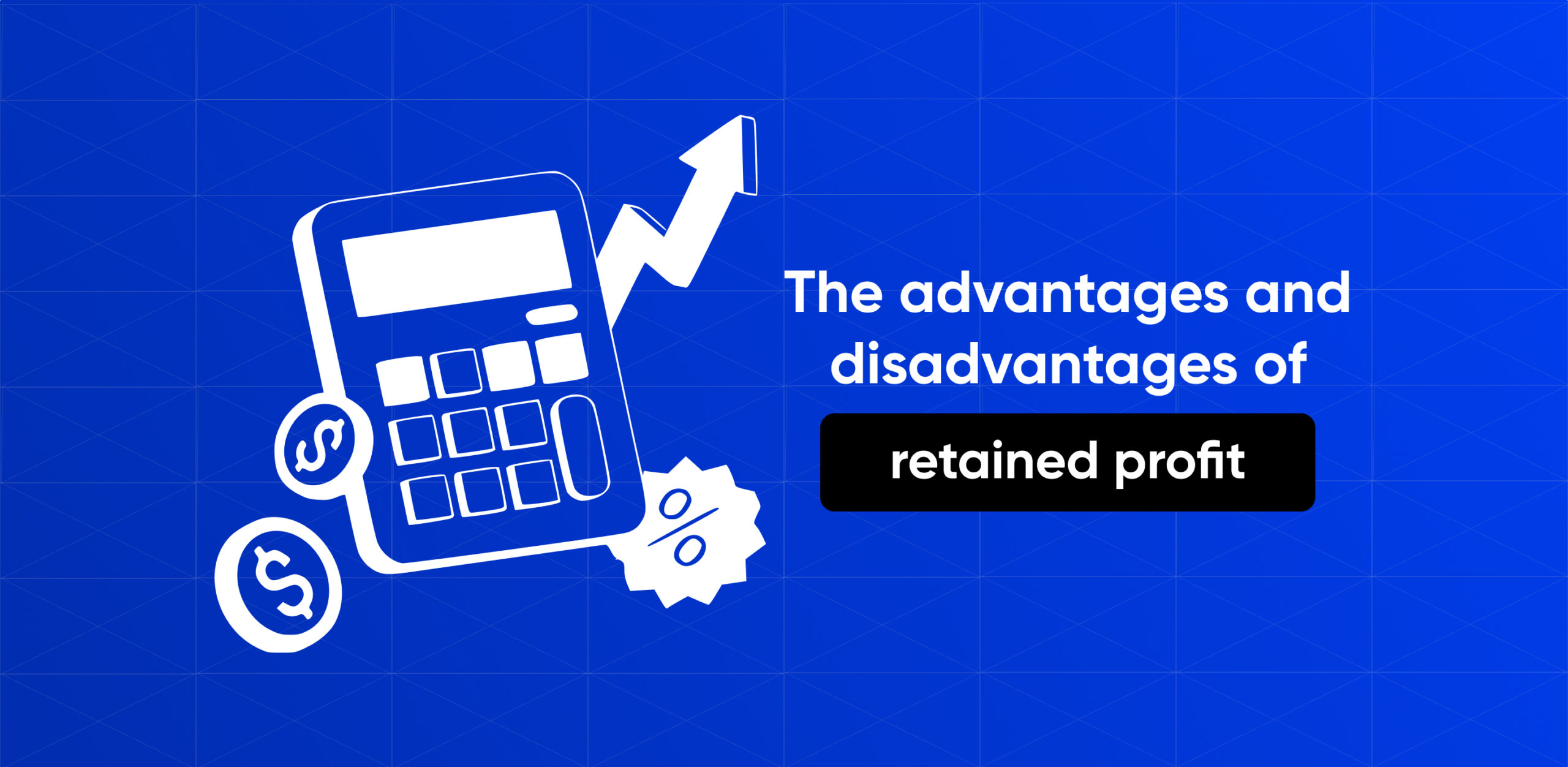Many people today are starting their own businesses, which provides an opportunity for greater independence. The profit of a business is a crucial aspect of its operations and overall success. Let’s look at this topic a little deeper. When a business generates profits, the funds are typically allocated to two primary areas: sustaining operations and covering daily expenses, and distributing dividends to the company’s shareholders.
Decisions concerning both these expenditure categories are critical and necessitate careful planning, as they will undoubtedly influence the long-term success or failure of the business. What is retained profit in business? What are the advantages and disadvantages of retained profit? This is where PaySaxas expert team comes to the rescue.
What is retained profit in business?
The retained earnings meaning of this concept is unambiguous. One of the most important components of an enterprise’s equity capital is retained earnings (uncovered loss). This indicator of the business’s equity reflects the financial results of its activities in the current and past years, as well as the use of profits in the current reporting year.
This refers to the portion of the profit received in the current reporting period that was not distributed to the company’s owners or participants. What are retained profits advantages? Let’s continue, PaySaxas shares knowledge.

What impact does retained profit have on businesses of varying sizes?
The impact of profits and losses varies across companies of different sizes. Similarly, the effect of retained profit on your company hinges on its specific business model. Large public corporations, typically composed of a diverse shareholder base, often attract substantial financial investments. Consequently, these companies must navigate between retaining funds for internal investment or distributing dividends to shareholders.
In contrast, small businesses encounter a different dynamic. Investors in small companies typically anticipate growth rather than immediate dividends, recognizing the need for time to establish and expand. Meanwhile, companies without shareholders still need to monitor their financial metrics, including expenses, revenue, and net income, despite not being obligated to pay dividends.

What are the advantages of retained profit?
Non-distributive earnings in business have their advantages. We can highlight the key aspects of such profit for entrepreneurs:
Cost-Effective
Unlike loans or debt financing, retained profit does not require repayment. This eliminates the burden of interest payments or principal repayment, thereby enhancing the company’s cash flow.
Flexibility
With complete autonomy over retained profits, the company can direct funds towards projects it views as most advantageous, free from constraints imposed by external financiers.
Improved Financial Stability
By bolstering the company’s equity, retained profits enhance the balance sheet, leading to an improved financial standing that can elevate credit ratings and facilitate the procurement of external financing, should the need arise.
Retained earnings are an easy source of financing
Given the considerable volatility of market conditions and business profitability, it’s evident that they can shift unexpectedly. Therefore, by retaining profits, your business establishes a safety cushion, ensuring liquidity during periods of low revenue.
In times of emergency, your business would possess funds to sustain operations and meet essential expenses, effectively avoiding the need to incur corporate debt or liabilities.
Ownership Retention
Maintaining ownership of these profits empowers the company to retain control over its resources and strategic decisions. This approach enables the company to finance future growth endeavors, fortify its financial standing, and seize strategic opportunities, all while preserving ownership and minimizing reliance on external funding. In essence, by retaining profits, the company can reinvest in its own development, fostering sustained value generation for shareholders in the long run.

What are the disadvantages of retained profit?
At the same time, there are, of course, retained profit disadvantages particularly for business. The PaySaxas team is willing to list them.
Opportunity Cost
Choosing to retain profits entails refraining from distributing them as dividends, potentially causing discontent among shareholders who prioritize immediate returns on their investments. While retained profits can benefit the business, stakeholders may demand increased dividends if these profits fail to generate additional revenue or added advantages.
Moreover, the company directors hold the authority to limit the dividend amount, potentially setting it excessively high and leaving the business with minimal retained profits once again.
Limited to Existing Profits
The extent of retained profit earmarked for reinvestment is confined to the company’s amassed earnings, which might prove inadequate for expansive projects or growth initiatives, thereby necessitating recourse to external financing options.
Potential for Misuse
There’s a possibility that management may not consistently utilize retained profits effectively. Absent the oversight associated with external financing, there’s a risk of allocating funds to ventures with minimal returns or unwarranted expansions.
Retained profits essentially represent surplus earnings of the business. Consequently, without a meticulously devised plan, there’s a considerable risk of their misuse. Excessive spending on unnecessary supplies and investments made solely for capital preservation, devoid of returns, can lead to unjustified budget increases for departments and projects.
Shareholder Expectations
Should the company opt to retain profits rather than disbursing dividends and fail to attain increased growth or profitability, shareholders could interpret the retained earnings as being underutilized, potentially exerting a detrimental impact on the company’s stock valuation.
Tax Implications
In certain jurisdictions, holding onto profits within the company may result in elevated tax obligations, particularly if the retained earnings explanation is not reinvested efficiently or if there are tax advantages associated with distributing profits.
Conclusion
To summarize, we were able to understand the definition of retained profit. This represents the company’s ultimate financial outcome for the reporting year. It’s one of the components of liabilities, reflecting the sources of funds for the company.
We analyzed the drawbacks of retained profit as well as the positives. Prioritizing continuous profitability offers numerous long-term benefits for a business.
By investing in future growth, weathering economic downturns, and maintaining financial flexibility, a company can position itself for sustained success. Although focusing solely on short-term profits may be tempting, maintaining consistent earnings is a wise strategy for companies aiming for long-term growth and prosperity.








